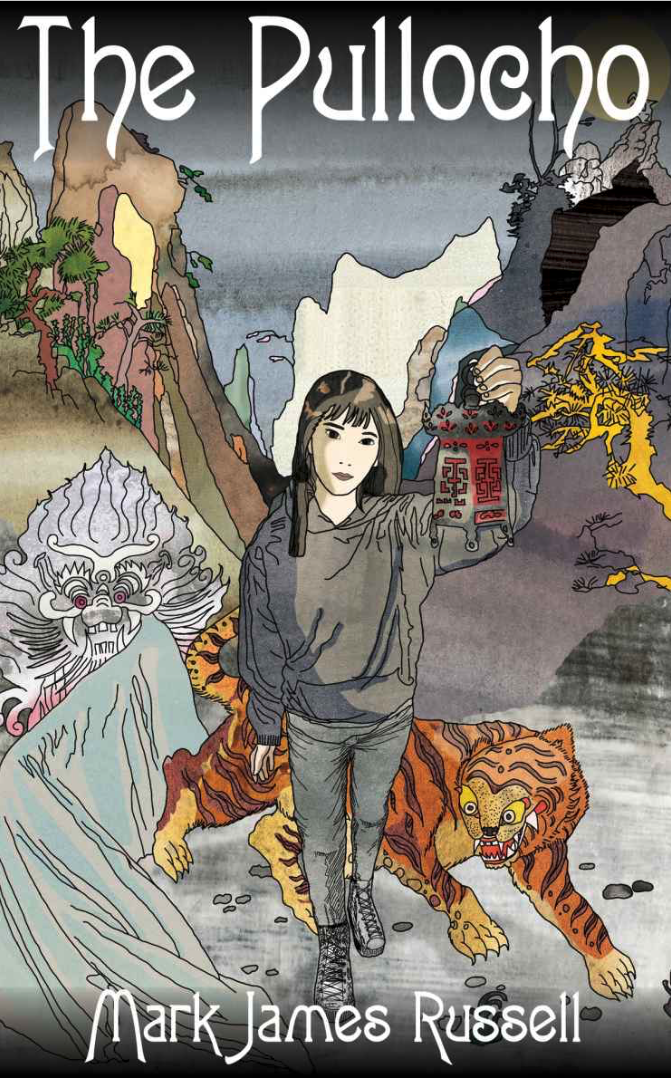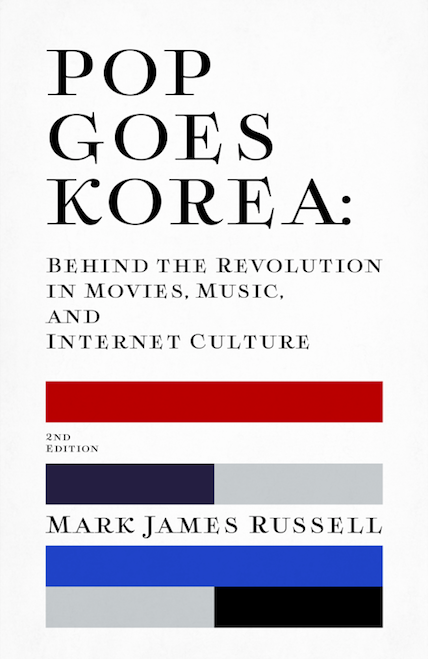The Korean Ministry of Culture and Tourism just announced a new promotion called HAN STYLE, which focuses on Korean traditional culture. Han Style refers to six major aspects of Korean culture: Hangul (Korean writing), Hansik (Korean food), Hanbok (Korean clothing), Hanok (Korean houses), Hanji (Korean mulberry paper) and Hanguk Eumak (Korean music).
(A bit of the cheat on that last “Han”, btw. “Eumak” is music, but since that lacks the “Han” thing, they called it “Hanguk Eumak”, which is just “Korean music”).

Anyhow, Ministry Kim Myung-gon has been talking about this for a while. When Minister Kim addressed the Seoul Foreign Correspondents Club in September to talk about the Ministry’s huge aid package for the movie industry, he also spent a good while talking about Korean traditional culture.
He emphasized the need to develop and preserve traditional culture to keep the current success of the Korean entertainment industry strong. “Water without a source cannot flow far,” Kim said. “Likewise, if the foundation of the Korean Wave is weak, it will be little more than a passing fad.”
While I usually do not like government mucking about in the arts, this seems to me to be a fairly benign, even useful move for the MCT. Korean traditional culture is perceived as less “sexy” than much of its neighbors. I think a lot of that is because of how it is marketed these days. For example, the palaces in Seoul tend to be poorly maintained. (Linoleum floors? And moldy at that…). Tourist guides tend to be written in Korean for Koreans, then translated into English; as a result, they are mind-bogglingly dull and obscure. More stuff like JEWEL IN THE PALACE could be a big help… People are not going to love Korean culture because Korean culture is so innately super-cool-beautiful. Rather, people will take an interest in Korean traditional culture when that culture is a part of interesting, well-told stories and other artworks.
But I do wish the government and other Korean bigwigs would widen their idea of what “Korean culture” is. There is a whole world of cool stuff that happened in Korea between the end of the Joseon Dynasty and the 1990s, just as interesting and deserving of preservation and marketing as any gayageum or hanok.






